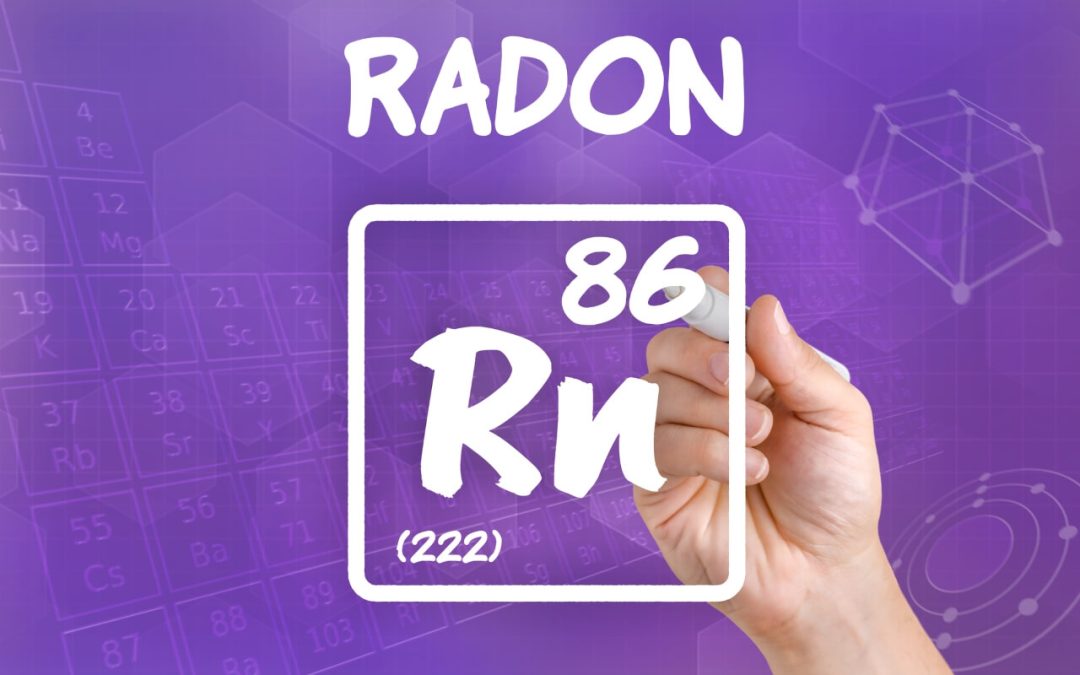Part of being a responsible homeowner is educating yourself about the dangers of radon in the home. This gas is naturally occurring and radioactive. It is sometimes present in soil and water before seeping up into the air.
Coming through gaps and cracks in your foundation and around your home, radon can build up in your living spaces. Exposure to high levels of this gas over an extended period of time can affect respiratory health and even cause lung cancer. Radon gas is colorless and odorless, but it can be measured with simple, low-cost tests.
Why is Radon Dangerous?
Radioactive elements such as uranium, thorium, and radium are found all over the planet. Over time, they decay, releasing a radioactive gas known as radon. Radioactive materials are known to damage DNA and could cause cancer.
Continued exposure to radon gas introduces radioactive particles into your lungs and changes the cellular structure of your lung tissue. In fact, scientists estimate that up to 15% of lung cancers worldwide are caused by overexposure to radon gas, second only to smoking.
Cancer due to radon overexposure can take as long as 25 years to be detected by a health professional, but there are early warning signs of lung cancer. Respiratory difficulties such as frequent infections, coughing up blood, or chest pain with heavy breathing are all indications that you should speak to a doctor.
Unsafe Levels of Radon in the Home
Radioactive activity is measured in increments known as picocuries. More than four picocuries of radon gas per liter (4 pCi/L) of air is considered dangerous. This gas is colorless and odorless. The only way to know if it is present at unsafe levels in your home is to order a test.
Testing for Radon Gas in the Home
Some estimates indicate that up to seven percent of homes in the US have elevated levels of radon that put their households at risk.
The level of radon gas can change over time, so it is important to test the air quality of your home regularly. A radon test every two years should be sufficient for most homes.
Testing for radon involves collecting air samples and sending them to a lab for analysis. While there are DIY tests available, it’s best to hire a professional for the most reliable and accurate results. A radon pro will be trained in the best way to administer and read the test.
Lowering Levels of Radon
If the test shows worrisome levels of radon, sealing cracks in your home’s foundation is usually the first line of defense. You may also need to increase the ventilation in the attic or basement. A radon mitigation professional can design and install a system to boost circulation and move radon gas out of your living spaces.
Golden Rule Home Inspection offers inspection services to homebuyers and sellers in Lee, Collier, and Charlotte Counties. Contact us to request an appointment.

